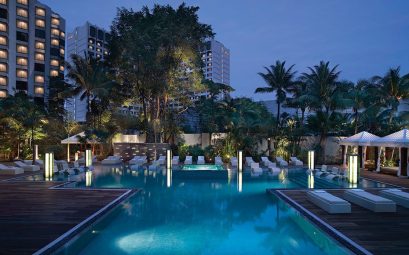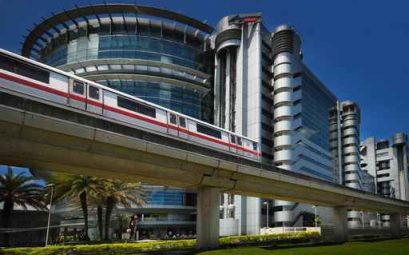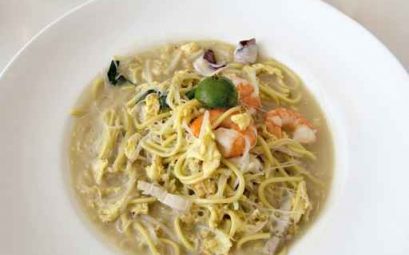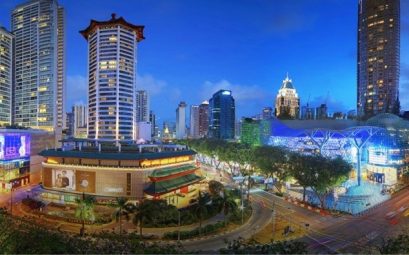About Singapore
Singapore is expensive compared to other Asian destinations and comparable to Western cities. However, cheap accommodation is available and you can confidently survive on US$32 per day, with a small amount kept aside for sight-seeing. It is recommended you budget a minimum of $95 per day.
The climate of Singapore is hot and humid, with minimal variation through the year. Expect median daytime temperatures to be around 31 degrees Centigrade which drops to 24 degrees in the evenings. Monsoon season means torrential downpours and it is recommended that you bring rain protection gear if you visit after November.
British citizens and those of majority of European countries, along with Canada, South Africa, New Zealand, United States and Australia o not require a visa to land on Singaporean soil. You can extend your stay by a maximum of three months.
The international dialing code of Singapore is +(65). If you are visiting Singapore, and is on an international roaming plan, there is no need to put in +(65) as you will be automatically connected to the local numbers. Do remember that smoking is considered a punishable offense in public transportation and in air conditioned places like cinemas, shopping centers, restaurants and entertainment outlets.




